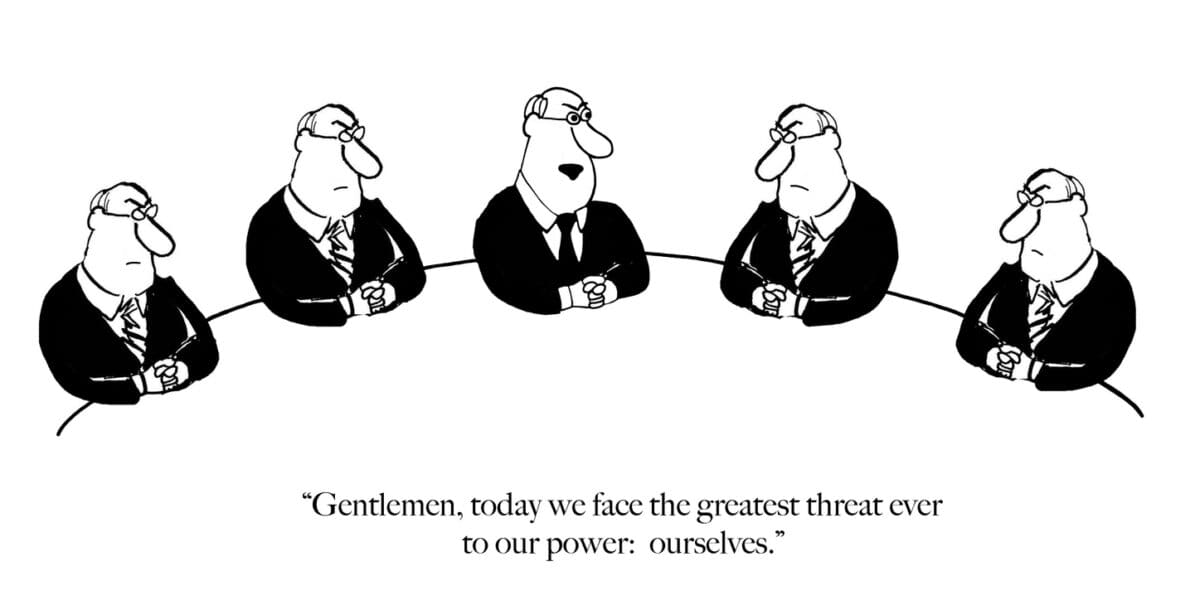A typical excuse, or a sentence, people use after they’ve caused harm, injury or created an offence, is that “I didn’t mean to do any harm or think anybody would be harmed”. Potential harm may not have been considered, and the consequence of the act or a word was not anticipated. But it’s also possible that it’s a lie, and that they did intend harm, and they’re just looking for a way to excuse themselves from the responsibility and the consequence of that harm. And that’s a problem with including intent in a definition of work-related harm.
Category: risk
Poor footballer mental health may be a symptom of CTE, but it is the risk of CTE that should be prevented
The concussion risks of sportspeople continue to appear in the media and popular discussions after every suicide, death, or retirement of sportspeople who play contact sports. Recently, Alan Pearce, Professor, Adjunct Research Fellow, School of Health Science, Swinburne University of Technology, wrote an opinion piece for The Australian newspaper (paywalled) that touched on some occupational health and safety (OHS) themes that deserve expanding.
[This article discusses suicide]
Boeing’s failures illustrate fundamental flaws in modern business values
Andrew Hopkins’ new safety and management book has landed. It is perhaps his most powerful critique of modern safety-related corporate management as he identifies “big picture” socioeconomic and political factors that directly affect executive decisions. By examining the 737 MAX aeroplane crisis of over 340 customer deaths that Boeing could have prevented, Hopkins discusses the hazardous managerial ideologies that have been idolised and are likely to be present in most companies created in the last 40 years.
The book has aviation in the title, but this is far more than a book about aeroplanes.
Australia needs an “OHS for HR” book
SafeWorkSA has published fascinating information about preventing “harmful workplace behaviours.” The webpage’s eye-catching part is the Hierarchy of Controls for Managing the Risk of Harmful Workplace Behaviours, but the article is curious.
The audience for information from occupational health and safety (OHS) regulators is supposedly everyone, but it is rarely read by anyone other than OHS advocates. However, any information about psychosocial risks and hazards needs to be written in a tone that attracts the attention of those in businesses who have established ownership of these hazards, primarily the Human Resources (HR) person. SafeWorkSA’s page fails to reach this target.
We can build better safety from the decline of the free market
Business ethics has never been a significant focus of occupational health and safety (OHS) organisations or regulators beyond what the law says. OHS advisers in companies and through consultation constantly address ethical or unethical behaviour, even though this is rarely discussed at the academic level or outside of the possibility of prosecution. Over the last four decades, neoliberal ideology and policies have given OHS only grudging attention, if any at all. Neoliberalism is gaining more attention in the OHS literature as the socioeconomic and political sources of hazards are finally receiving serious attention. However, most OHS people cannot remember a world before neoliberalism. It is important to remember that trust in the “free market’ on which neoliberalism was built, the promises of wealth for all, and reflect on how worker health and safety suffered.
6 Essential OHS Questions for Employers
Occupational health and safety (OHS) laws establish duties on employers (and employees) to provide safe and healthy workplaces. These duties reflect the social morals of the time, but the morality of employers is rarely challenged.
Below is a selection of OHS-related questions that all employers should be asked and able to answer. How would you or your employer respond?
Another case study on a readily preventable work-related suicide
On August 29, 2019, Scott Jordan returned to his Ballarat home from work. He noticed his wife’s car was not parked in its usual location. Scott walked through to the shed looking for Karla Jordan and found her dead by suicide with a notebook on the floor nearby. The Victorian Coroner’s Prevention Unit “considered Ms Jordan’s workplace environment was the primary stressor in the lead up to her acute mental health decline and suicide”. The Coroner’s findings provide an important case study for examining psychosocial hazards in the workplace.







